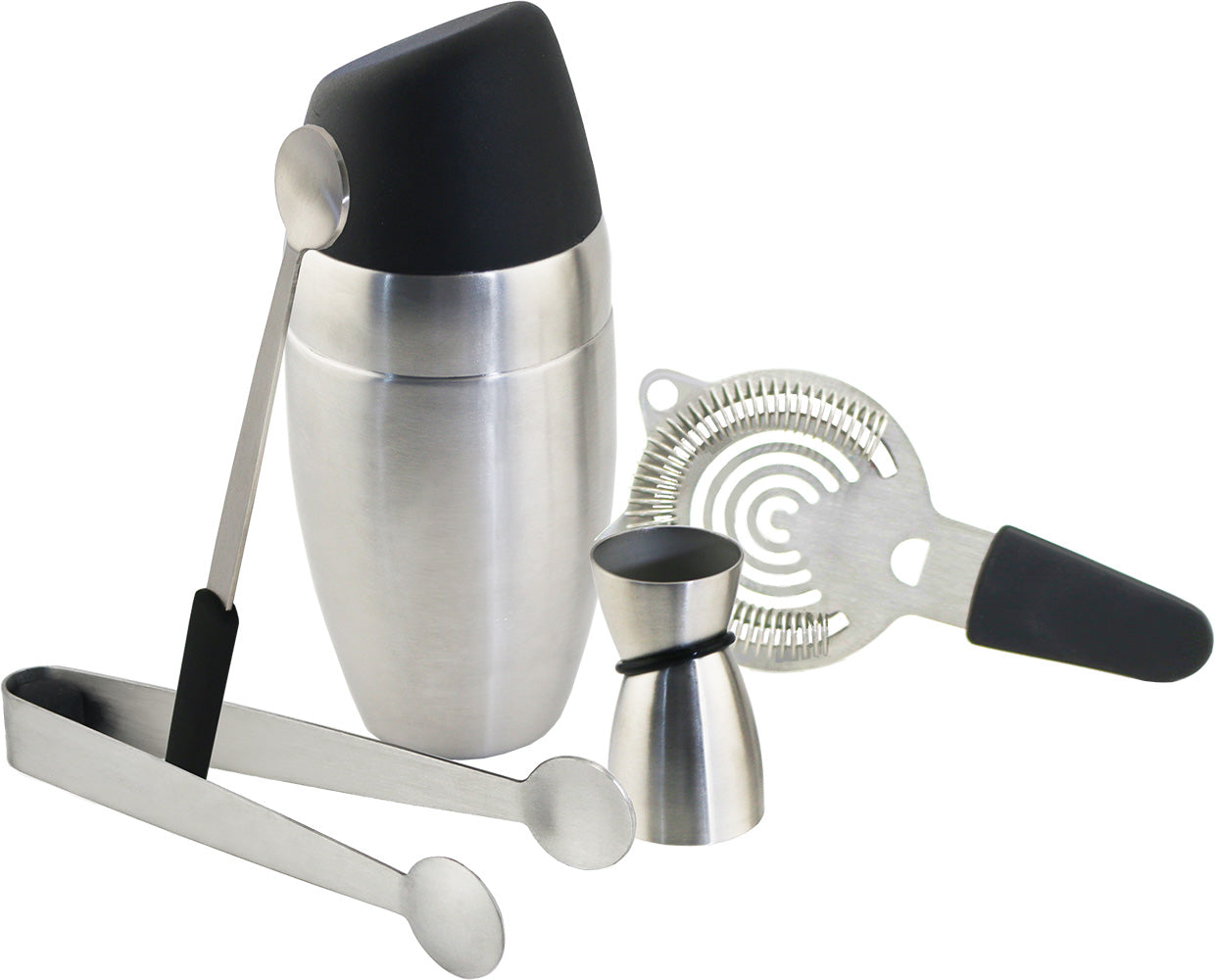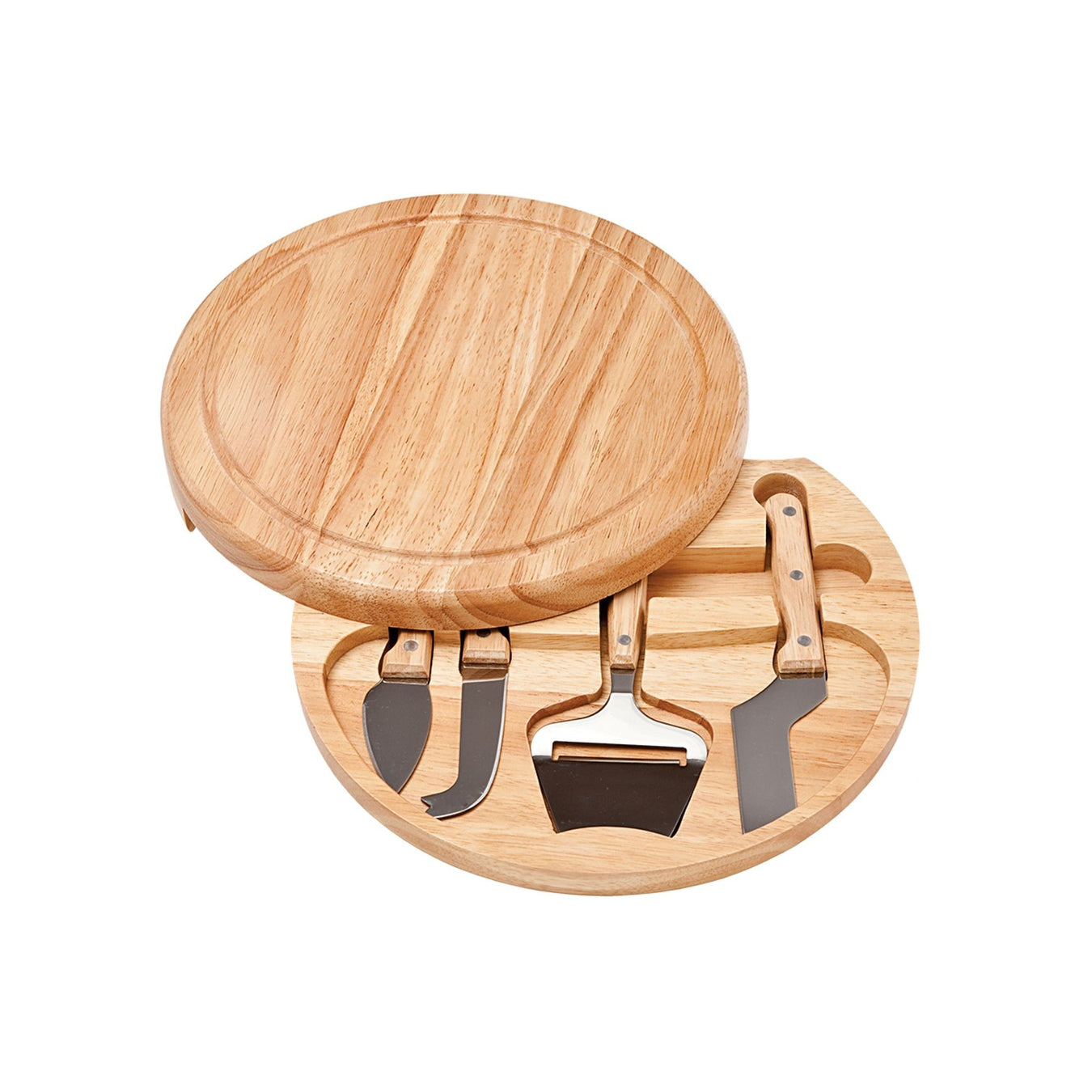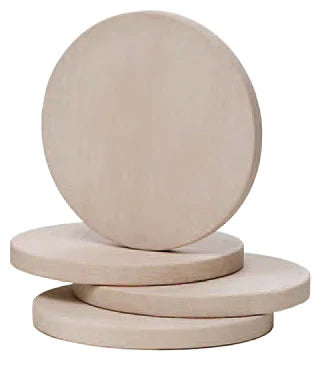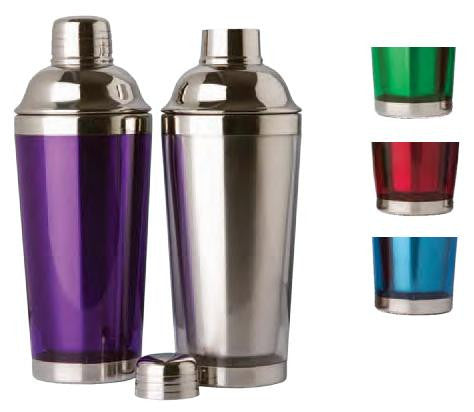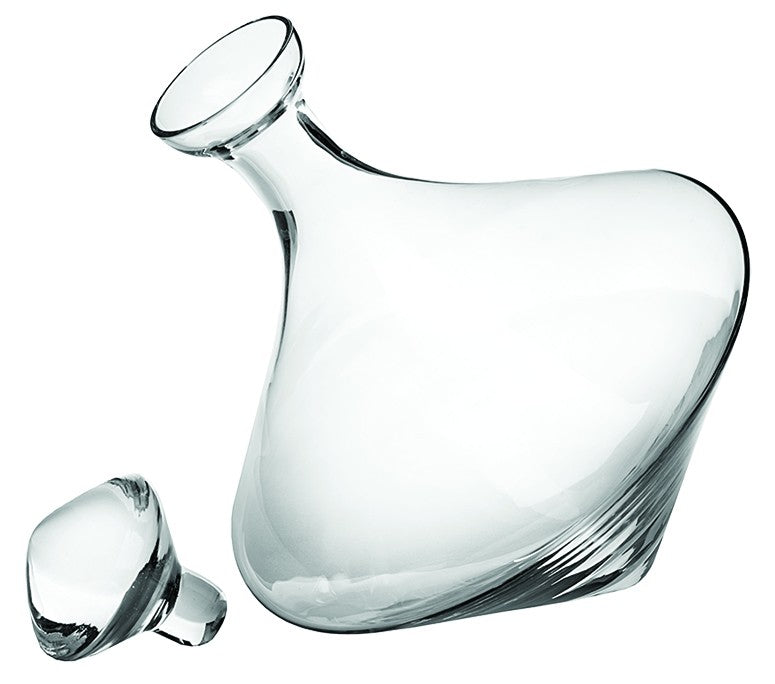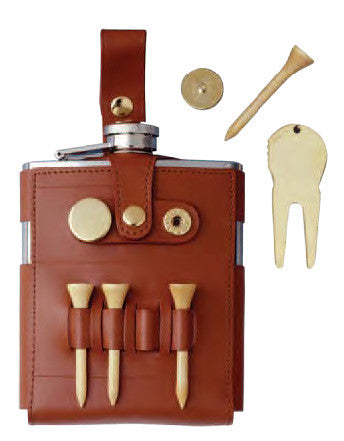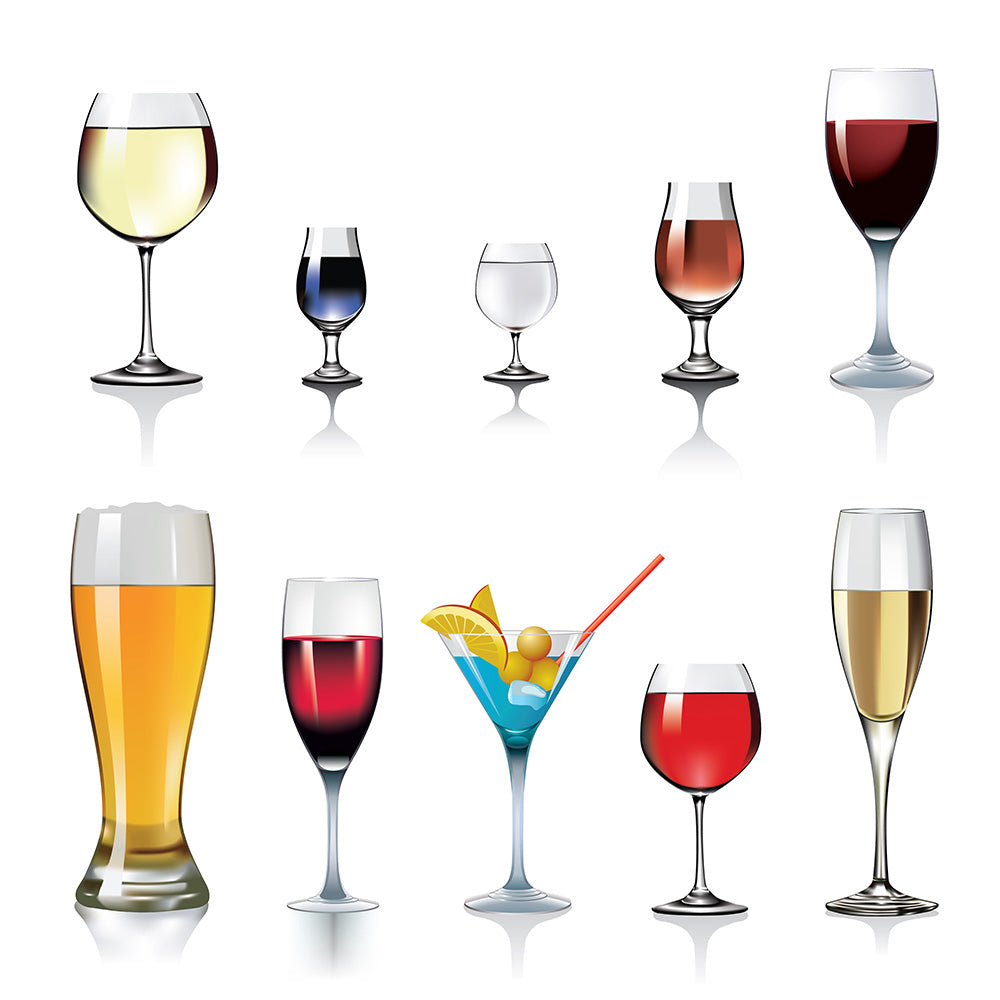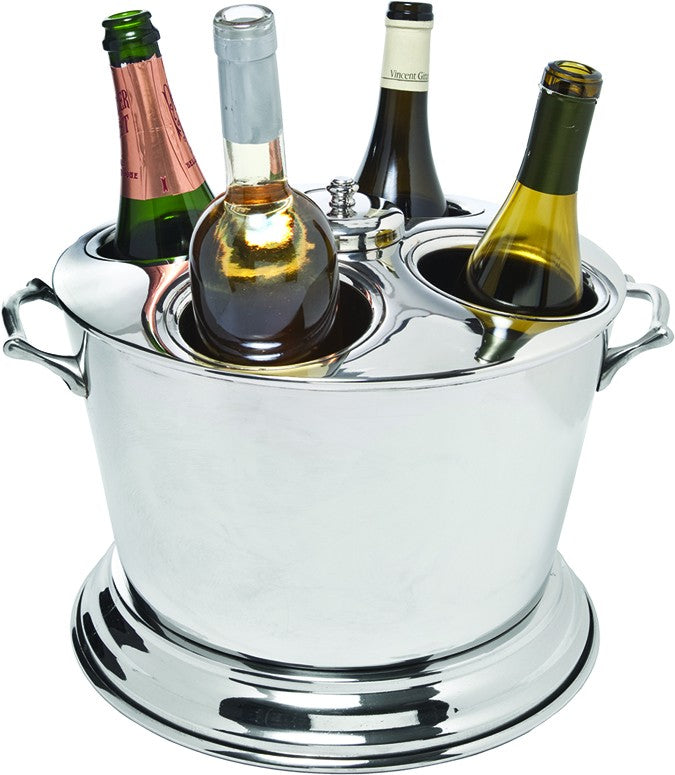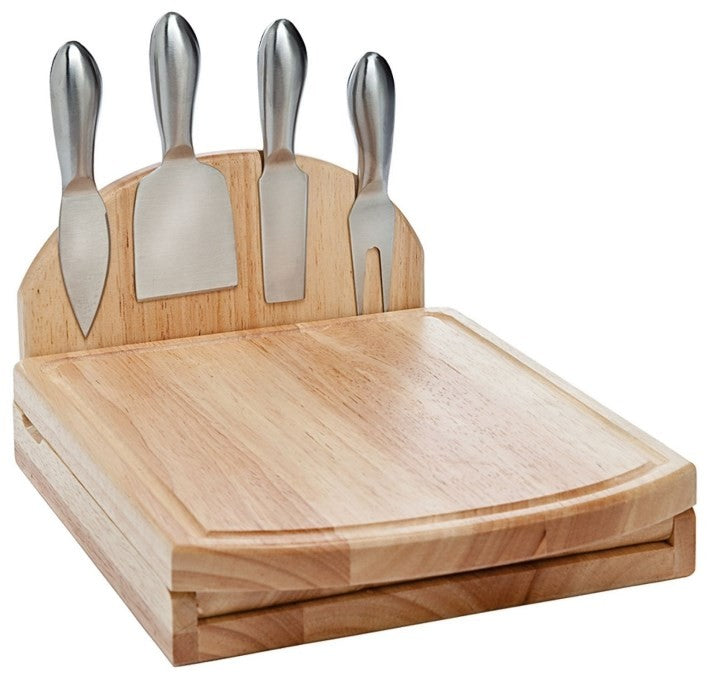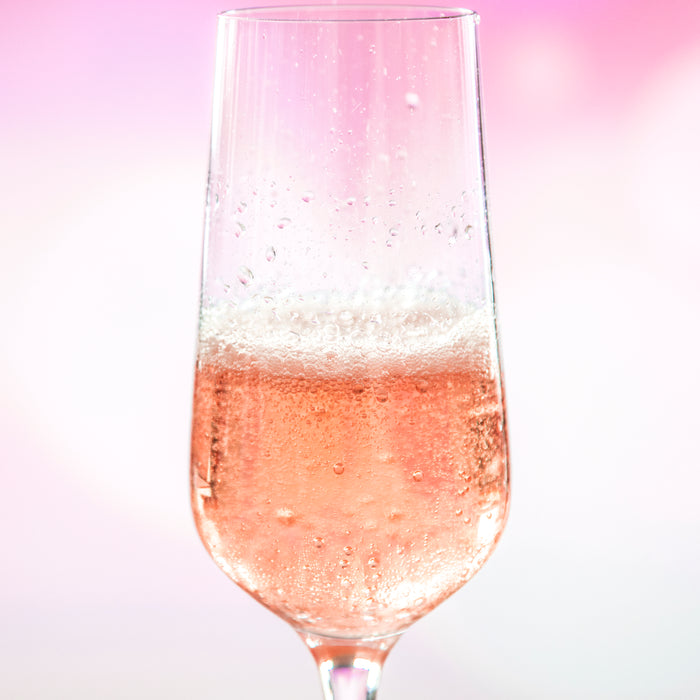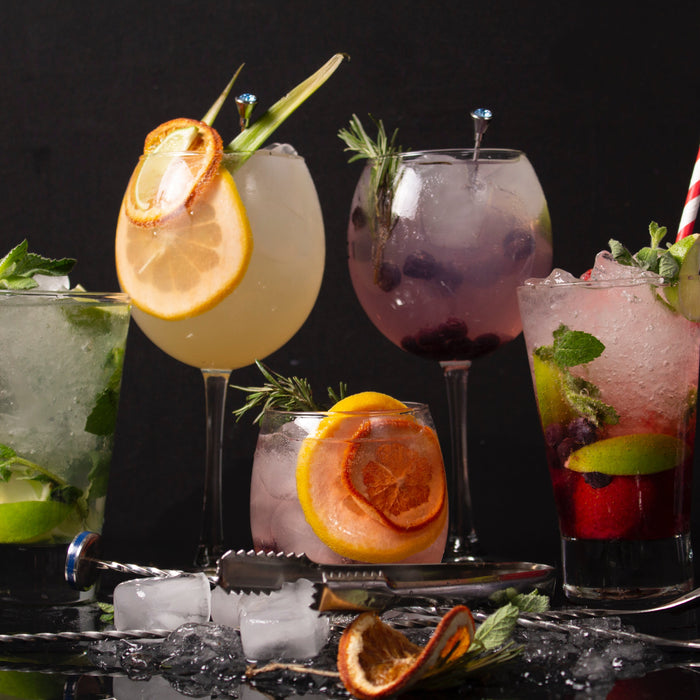When envisioning a spittoon, one might conjure images of the Old West, where cowboys would dramatically expectorate tobacco juice into these metal vessels. However, spittoons have a deeper history and significance that transcends their portrayal in pop culture. In this article, we delve into the origins, purpose, and evolution of spittoons, shedding light on their intriguing cultural and functional aspects.
Why is a Spittoon?
A spittoon, often associated with the Old West and cowboy movies, is a vessel designed for the purpose of collecting and containing saliva, typically from activities like chewing tobacco. However, the significance of spittoons transcends their portrayal in popular culture. In this article, we delve into the origins, functionality, cultural implications, and evolution of spittoons, uncovering a fascinating aspect of history that extends beyond their mere utility.
The Genesis of Spittoons
Spittoons have their origins in ancient civilizations, with the earliest examples dating back to ancient China and the Roman Empire. These vessels were primarily made of materials such as clay and bronze. In various cultures, spittoons were utilized as practical solutions to manage the disposal of saliva and other bodily fluids. Their prevalence extended to cultures as diverse as the Greeks, Native Americans, and Middle Eastern societies.
The Functionality of Spittoons
The primary function of spittoons was to provide a designated receptacle for spitting, thus maintaining cleanliness in public spaces. In times when tobacco chewing and spitting were more common, spittoons played a crucial role in preventing the spread of diseases. They came in a variety of designs, ranging from simple and utilitarian to ornate and decorative, often reflecting the social status of their users.
Spittoons in Popular Culture
Spittoons found their way into the cultural consciousness, frequently appearing in literature, movies, and art. They became symbols of ruggedness, masculinity, and the untamed West. However, their portrayal was not always accurate, and their cultural significance extended beyond their depiction as mere accessories for cowboys.
Why Don't People Use Spittoons Anymore?
With changing social norms and a greater emphasis on hygiene, spittoon use gradually declined. The advent of indoor plumbing and increased awareness of health risks associated with public spitting led to the decline of spittoon prevalence. Today, their presence is largely relegated to historical reenactments and museums.
Spittoons haven't been popular since the mid 1900s, around the outbreak of tuberculosis. It was common and people were wearing face masks so the idea of spitting into a receptacle.
Spittoons as Collectables and Artistry
Antique spittoons have gained attention from collectors and enthusiasts alike. Their unique designs and historical value make them sought-after items for those interested in preserving the past. Many spittoons were intricately crafted, showcasing the artistry of the time and the importance placed on functional aesthetics.
Spittoons in Museums
Museums around the world house spittoons as artifacts that offer insights into bygone eras. These vessels provide a tangible connection to history, allowing visitors to understand the daily lives and practices of people from different time periods. Spittoons serve as educational tools that spark conversations about societal changes.
Cultural Sensitivity and Critique of Spittoons
While spittoons hold historical significance, they also raise questions about cultural sensitivity and stereotypes. Some view them as reminders of a less enlightened past, highlighting the importance of discussing their history in a nuanced manner. Addressing these concerns fosters a better understanding of the complexities surrounding spittoons.
Repurposing Spittoons
In contemporary settings, creative individuals have found new uses for old spittoons. From quirky planters to vintage-inspired décor, these repurposed vessels take on new life. By repurposing spittoons, people celebrate their historical value while integrating them into modern aesthetics.
The Legacy of Spittoons
Spittoons continue to serve as reminders of societal norms, practices, and health concerns of the past. They teach us about the evolution of hygiene practices and how cultures have adapted to changing circumstances. The legacy of spittoons extends beyond their physical forms, prompting us to reflect on progress and lessons learned.
Environmental and Hygienic Considerations
Public spitting can have environmental and health repercussions. The act of spitting can spread germs, and the accumulated waste is not only unhygienic but also harmful to the environment. Raising awareness about these issues encourages responsible behavior and the exploration of alternative solutions.
Nostalgia and Reminiscence
For those who remember the prevalence of spittoons, these objects evoke nostalgia. They prompt reminiscence about times when daily life was different and oral tobacco consumption was more commonplace. These personal connections add emotional depth to the historical narrative of spittoons.
Spittoons around the World
While often associated with the West, spittoons had equivalents in various cultures. For instance, in India, vessels like "paan daan" were used for spitting betel nut juice. These regional variations highlight the universal need for managing bodily fluids and maintaining cleanliness in public spaces.
Unearthing Spittoon Artifacts
Archaeological excavations have unearthed spittoon artifacts, shedding light on ancient practices and cultural norms. These discoveries contribute to our understanding of daily life and provide valuable clues about the behaviors and customs of past civilizations.
Educational Outreach
Spittoons offer educators unique tools to engage students in discussions about history, culture, and societal changes. By examining the role of spittoons, students can develop a deeper appreciation for the complexities of history and the evolution of social norms.
Conclusion
In conclusion, spittoons are more than just vessels for spitting – they are windows into the past, reflecting changing societal norms, hygiene practices, and cultural perceptions. Exploring their history allows us to contemplate our progress, fostering discussions about both our past and our future.
FAQs about Spittoons
Were spittoons only used for tobacco spitting?
No, while they were commonly used for tobacco spitting, they also served as receptacles for spitting in general.
Are spittoons still used today?
Their use has significantly declined, and they are rarely used in modern times, primarily appearing in historical contexts.
What were the most common materials used to make spittoons?
Spittoons were crafted from materials like clay, brass, bronze, and porcelain.
Why were spittoons often ornately designed?
Ornate designs were often indicative of social status, with more elaborate spittoons showcasing wealth and taste.
How did indoor plumbing contribute to the decline of spittoons?
Indoor plumbing provided more hygienic alternatives for disposing of bodily fluids, reducing the need for spittoons.


